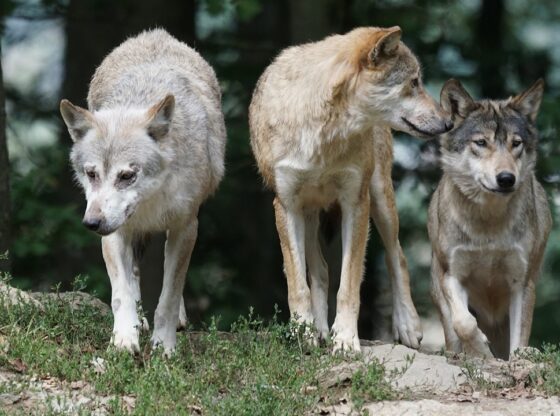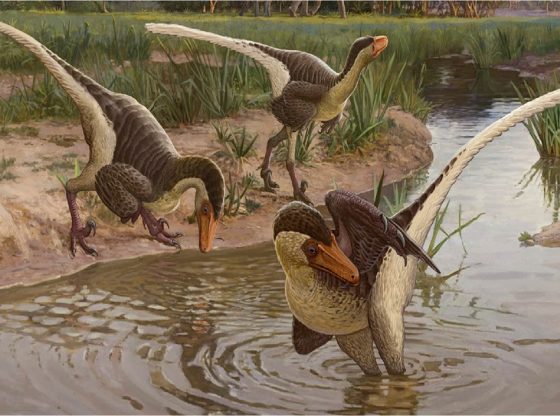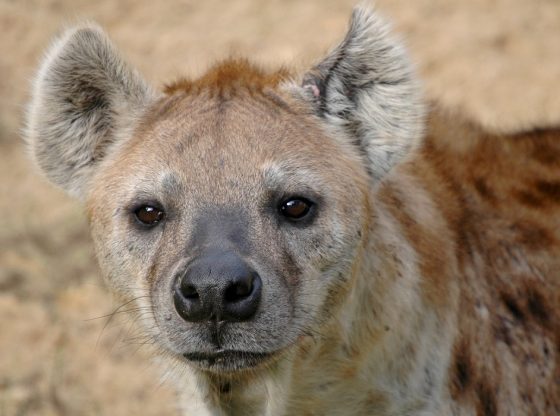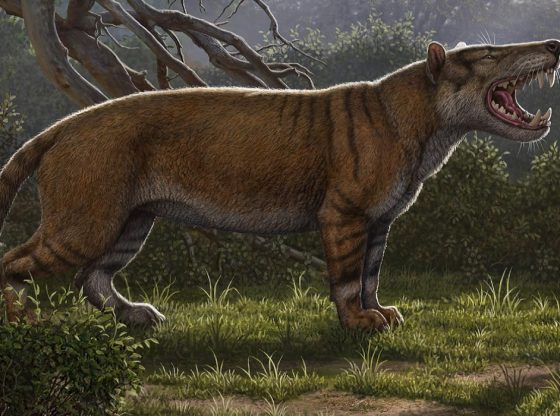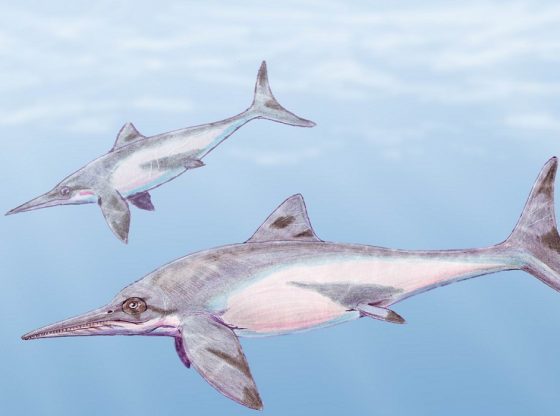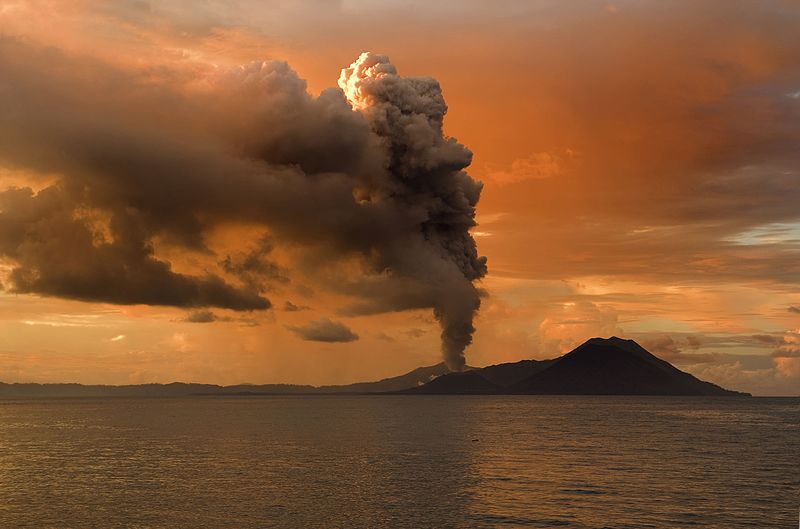
Volcanic eruptions may have created a shortage of nutrients and led to the life on Earth recovering slowly after history’s greatest mass extinction.
There have been mass extinctions on Earth when large parts of life died within a short time, and the greatest extinction event took place 250 million years ago between the periods called Permian and Triassic era.
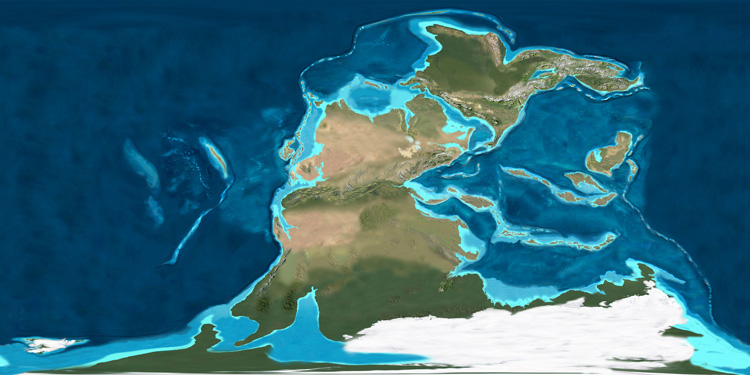
The extinction event is evident by the fossil record, but scientists disagree about why it then took so long for sea life to recover afterward. Now geologists from Norway and Canada have a possible answer as their paper was recently published in the journal Geology.
They analyzed the layers of rock from Arctic Canada, which corresponds to an area which was in the northwestern part of the prehistoric supercontinent Pangaea. Results from carbon and nitrogen analyses point to a theory of nutritional deficiencies.
The explanation is that the cause of the extinction event may have been an intense heating of the land after a period of volcanic eruptions. This may, in turn, have disturbed the cycling of nutrients in the oceans, so that algae – and thus the rest of life in the sea – for a long time were lacking nutrients and food.
_____________
Stephen E. Grasby et al. Early Triassic productivity crises delayed recovery from world’s worst mass extinction. Geology 24 august 2016. DOI: 10.1130 /G38141.1
__________________________

